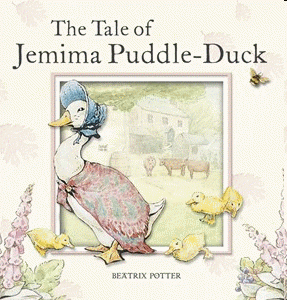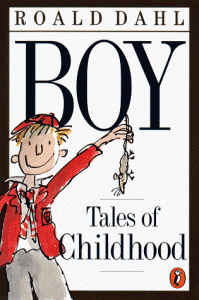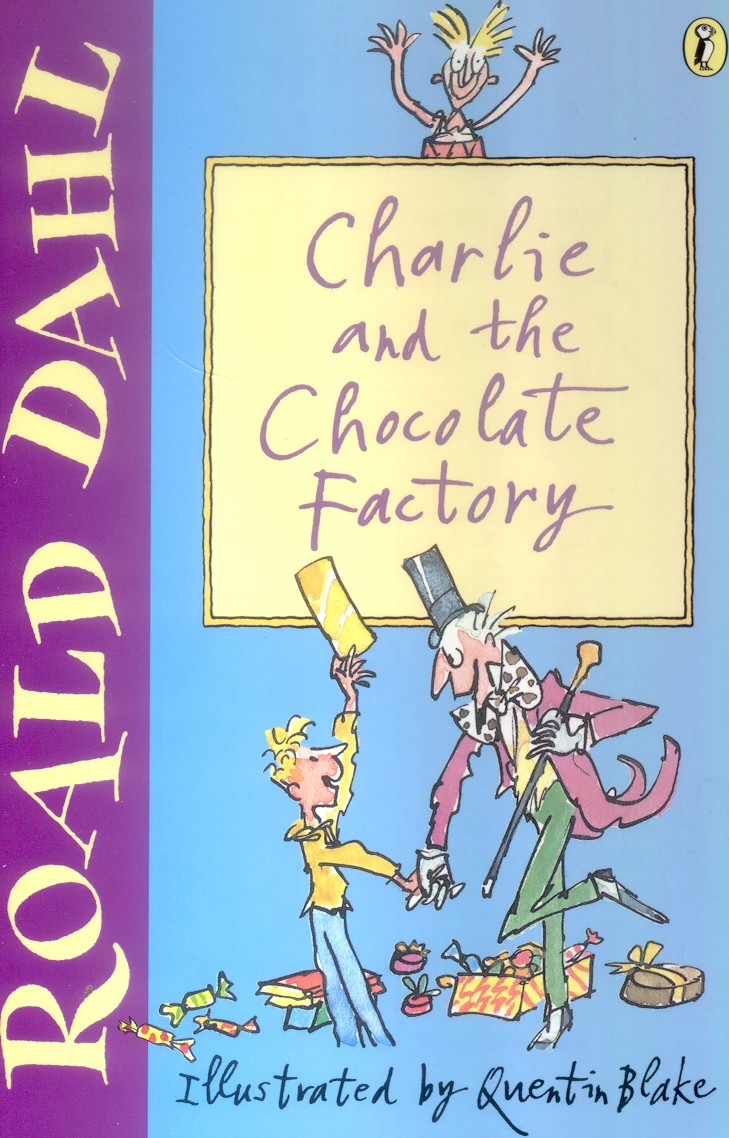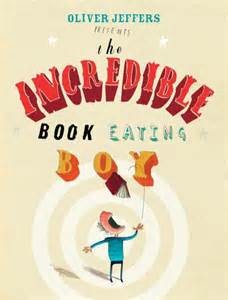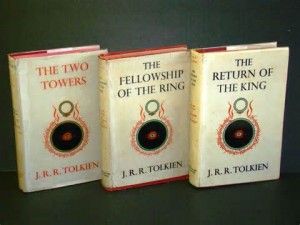
Boy by Roald Dahl is the closest the famous author ever got (or would ever let anyone else get) to writing an (auto)biography. Written in the same voice as his many famous fictional novels, Dahl casts himself as the hero and recounts stories from his childhood rather than just writing the facts of his life. The book also operates as a sort of history lesson for the reader as there are multiple instances of Dahl using phrases like “back in those days” or “one used to…” followed by explanations of how times have changed. This book was a joy to read because it is written as if the author is sitting in his study, telling you personally stories from his childhood. It definitely does not read like a biography. It is also interesting to note various inspirations for his later books, such as his fear and dislike towards his school headmasters (as in Matilda) and his imaginings about the Cadbury Chocolate Factory (which led to Charlie and the Chocolate Factory). This book makes an entertaining supplement to Dahl’s works of fiction, so I would recommend it to any of his fans.

.jpg)

